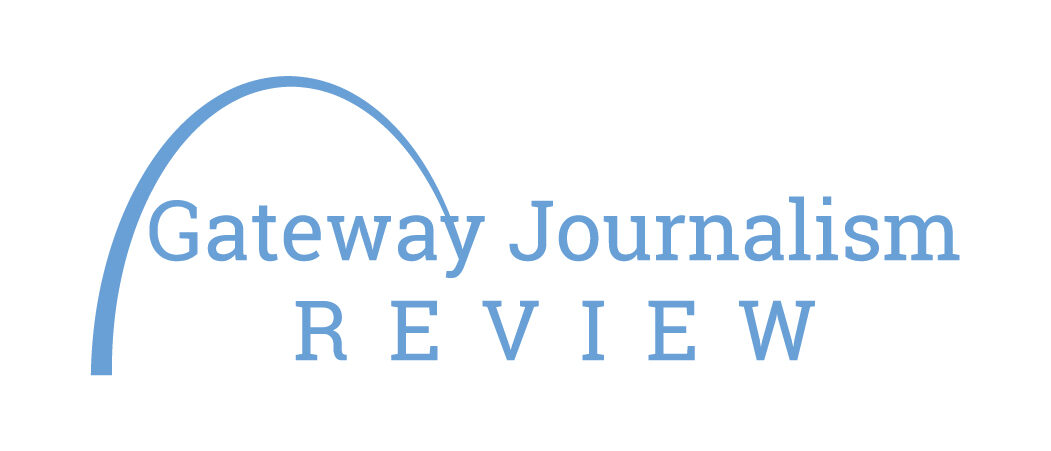Editor’s Note: Print media sets regrettable trend on corrections
My Paris correspondent had trouble walking, chewing gum and correctly using the English language. Heck, he didn’t even have to be meandering with a Dentyne wad in his mouth to muck up his mother tongue.
I knew this, as I should, being his stateside editor. So imagine my great joy when I saw I’d be editing three Page 1 stories for the next day’s paper, and knowing that his would be the last one to arrive at my desk, and thus giving me a grand total of 10 minutes, tops, to edit his piece.
When the first story arrived I edited it carefully, phoning my London correspondent to verify a couple of sources, getting a couple of new paragraphs, re-editing the entire piece and sending my edited version to the international news editor. The second story came in a few minutes later from Bonn, Germany, and I rearranged the academic wording so it had more of an “everyman” feel to it before pitching it to another editor.
Finally, as the clock wound down, the story from France appeared on my computer screen. Racing through the story, with an eye on the clock all the while, I finished my edit and did a 30-second spellcheck of the story before propelling it directly to the paper’s copy desk. Whew!
Four days later, the paper’s editor-in-chief walked slowly to my desk. I looked up; he looked down at me, nodded slightly and, without saying a word, dropped a letter on my desk. He then turned his back on me and ever so slowly retraced his steps to his office.
None of this was a good sign.
I picked up, read and memorized the two-paragraph letter from Peoria, Ill. It said:
Dear Christian Science Monitor Editor,
I have just read your story from Paris in today’s paper. I was shocked to find the word “sight,” instead of “site,” used in the third paragraph. I find it appalling that the Monitor would make such an unforgivable error.
I have been a subscriber of your paper for 25 years. Please cancel my subscription immediately.
Sincerely …
Yes, I knew the difference between “sight” and “site,” and even “cite.” I simply missed it in my dash to make deadline. And the spellchecker did not bail me out in the least. I promptly penned a handwritten note and posted it to the woman in Peoria. (I’ve always suspected she was, or had been, a librarian, but I can’t say for sure.)
What I can say for sure is that readers consider newspapers – whether in print or online – to be their newspapers, and can feel insulted when they see their paper has made a mistake. And they feel that their trust has not been bestowed in vain when their newspaper readily admits its error. Readers realize newspapers constitute the only industry producing a brand-new product each day, and that such a product naturally will contain errors. Still, audience members expect apologies for mistakes, both online and in print.
In the Gateway Journalism Review you are holding, you’ll see a lengthy package of articles dealing with how 80 newspapers across our primary 16-state circulation area handle corrections. The person gathering, compiling and writing this package was Patty Louise, editor and publisher of the Waterville Times, the weekly community newspaper in Waterville, N.Y. Louise’s newspaper experience is as extensive as it is varied, as she:
• Edited the Daily Orange, the campus newspaper at Syracuse University, where she graduated from the S.I. Newhouse School of Public Communications.
• Worked as an editor for the Syracuse Post-Standard.
• Was an editor and writer for Gannett Newspapers.
• Earned a master’s degree in business administration.
• Teaches journalism at an upstate New York college, where she advises the student newspaper.
Her corrections package features a large graphic outlining how each of the 80 newspapers she surveyed handles – or does not handle – corrections. This GJR story package, which runs on pages 15-22 and includes charts and sidebars, constitutes an extensive – perhaps the most extensive examination ever – of how Midwest newspapers deal with corrections.
Unfortunately, Louise’s pieces show the Midwest’s papers and their online products are not doing as good a job of owning up to and addressing their readers’ concerns as they should. We all train our own children and expect our schoolteachers to instruct their charges to say, “I’m sorry,” when children have done something they know they should not have done. Our newspapers should be held to the same standard.
When they’re not, the public’s confidence in its constitutionally protected media is eroded, newspapers are found to be less credible, readership suffers, the industry becomes more fiscally strapped and our democracy is gradually eroded. But that’s overly melodramatic. More to the point, though is that the one medium that did, on a regular and consistent basis, say to its readers, “We screwed up and here is the right stuff,” is now going the way of new media and broadcast to simply wallpaper over its mistakes the next day (or next hour) and hope no one notices. We should all regret this trend.
